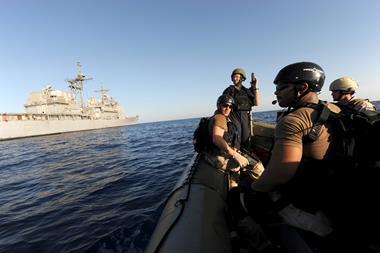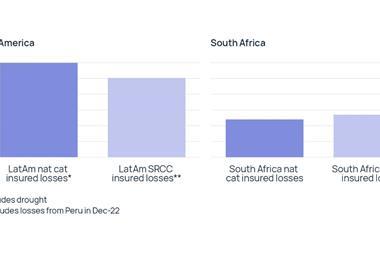No longer reserved for movies and millionaires, kidnapping is a very real possibility for executives working and travelling in risky environments abroad. Make sure you know how to keep yourself, and your staff, safe

Historically, Latin America was the most likely place to be kidnapped, but the proportion of abductions there has decreased in recent years as other parts of the world have begun to see more cases, with some parts of Africa now seeing increases year-on-year.
The precise nature of the risk varies from place to place, with opportunistic criminal gangs, militants and paramilitaries all having different modus operandi, which in turn demand different strategies to mitigate the threat.
What all kidnappers have in common, however, is that they want a ransom payment in cash or kind (usually some kind of political concession). And while there is willingness to pay ransoms, the threat will be perpetuated.
In addition, the rising price of commodities is encouraging companies to work in increasingly risky environments as higher profits pay for the increasingly sophisticated – and expensive – risk mitigation strategies needed to keep staff safe.
So, while context is always king in understanding the threat, what are the general rules for keeping staff safe in high-risk environments?
1 Conduct a full risk assessment
The entire corporate approach to kidnapping should be risk-based and a full assessment is essential. From there it’s possible to move on and make sure that effort and resources are concentrated on the key areas, individuals and projects that are most in need.
2 Ensure all staff are properly trained
As well as conducting regular briefings with staff to inform and guard against complacency, security managers should be making sure any staff that need it have up-to-date hostile environment and hostage survival training.
This will help them to develop a ‘survivor mentality’ by teaching techniques to understand and limit the psychological impact of being kidnapped – such as how trauma affects the mind and body – as well as offering information about what will happen: the phases of a kidnap; what support their family will be getting; and what will be going on in the outside world.
3 Effective journey management
Many kidnappers target individuals in transit and there is much that can be done to lower this risk by teaching staff how to travel. First, choosing the right vehicle is essential.
“We advise a low-profile vehicle without corporate logos,” Control Risks’ Alex Martin says. “Something not too excessive or impressive – something that will blend in.”
He also advises good vehicle maintenance and training for drivers: “They need to know where they are going and the safe havens en route. Nobody wants to have to stop and ask directions in a dangerous area.”
Security managers need to know who is in the vehicle, the route they are taking, when they leave and when they arrive.
4 Personal responsibility
While most new staff will be vigilant, with time even the best can become complacent. Personal vigilance of the environment is an essential defence against kidnapping. Is anyone acting strangely? Do staff know where the safe dangerous areas are? “This can change within a couple of blocks in many cities around the world,” Martin says.
Wherever possible, routes and routines should be varied and drivers should be aware that most attacks happen near places of work or residences. “Simple things like where you park or approaching your car with your keys ready can be very effective,” Control Risks’ Hannah Clark says.
Security managers can support staff in this by conducting regular reviews of popular hotels, and even restaurants and shopping centres, to ensure everyone is up to date.
5 Establish a corporate crisis management strategy
What happens when things go wrong? “Risks can be reduced, but not eliminated,” Martin says. “Every company needs to make sure the staff and training are in place to spring into action if a kidnapping happens.”
It’s essential that companies have well-established crisis management plans that are reviewed and drilled regularly both internally and, if possible, using a outside organisation, to apply specialist rigour and stress testing. This process must be fully embedded into in-country management. SR


















